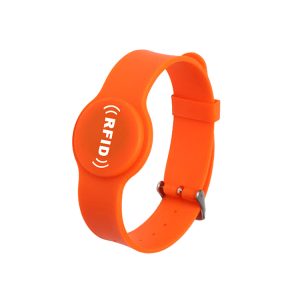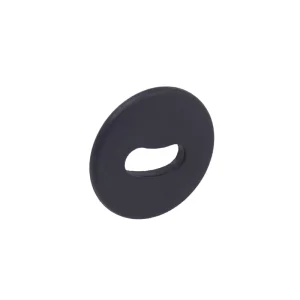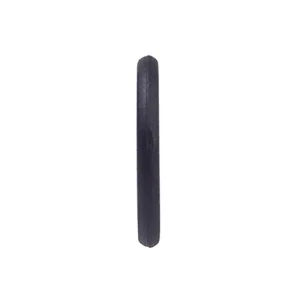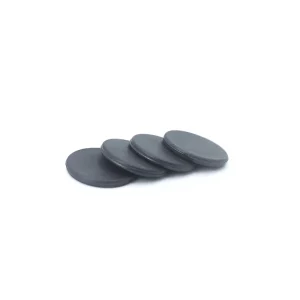RFID key fobs are mainly composed of RFID chips and antennas, in which the RFID chip stores specific identification information. According to different power supply methods, RFID key fobs can be divided into passive RFID key fobs and active RFID key fobs. Passive RFID key fobs do not require built-in batteries, and their power comes from the electromagnetic waves emitted by the RFID reader; while active RFID key fobs are powered by built-in batteries and can achieve remote identification.
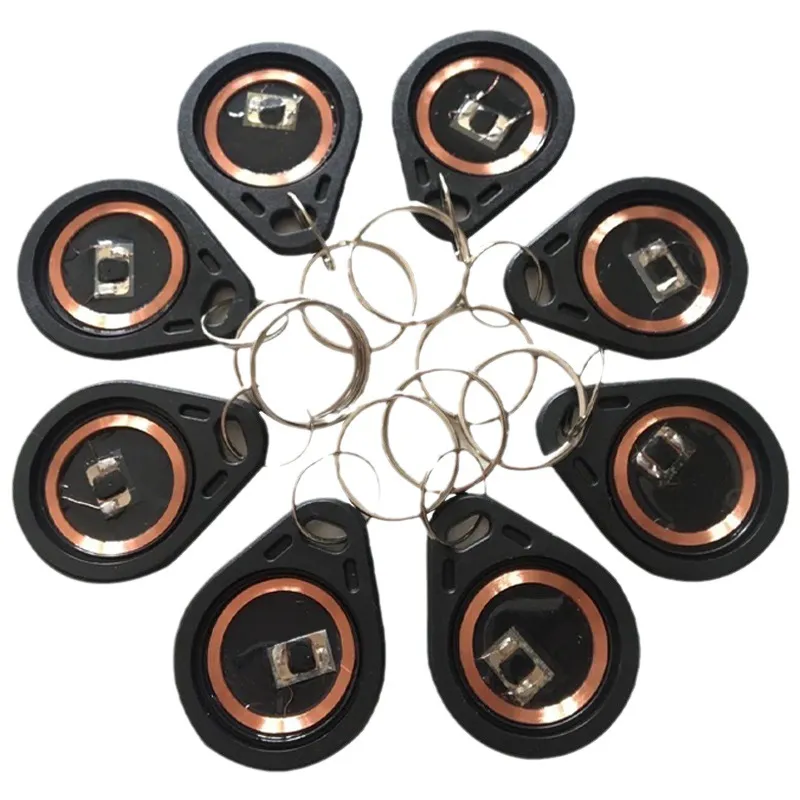
Why copy RFID key fobs?
The need to copy RFID key fobs may be due to the following reasons:
- Backup and security
- Multi-user sharing
- Improving convenience
- Reducing cost considerations
- Special needs: such as the allocation of temporary access rights, the organization of specific activities, etc.
Can I Customize My RFID Key Fob by Copying Its Signal?
Yes, you can customize your custom rfid key fob by copying its signal. There are devices available that can capture and duplicate the signal from your key fob, allowing you to create multiple copies for convenient access. Just make sure to use this technology responsibly and legally.
How to copy an RFID Key Fob
Steps to copy RFID key fobs
- Choose the right RFID card copying device: Choose the right RFID card copying device, such as a reader or identifier, according to actual needs. Ensure that the quality and function of the device meet the requirements.
- Get the original RFID key fob information: Scan the original RFID key fob with the selected RFID card copying device. Read and record the key fob’s UID (Unique Identifier) and other related information.
- Copy RFID key fob information: Place the new RFID card or key fob on the copying device. Follow the device’s instructions to write the original RFID key fob information into the new RFID card or key fob. Pay attention to the accuracy of the operation to ensure that the information is correct.
- Verify the copy result: Scan the new RFID key fob with a reader or identifier. Verify that its UID and other information are consistent with the original RFID key fob. If the information matches, the copy is successful.
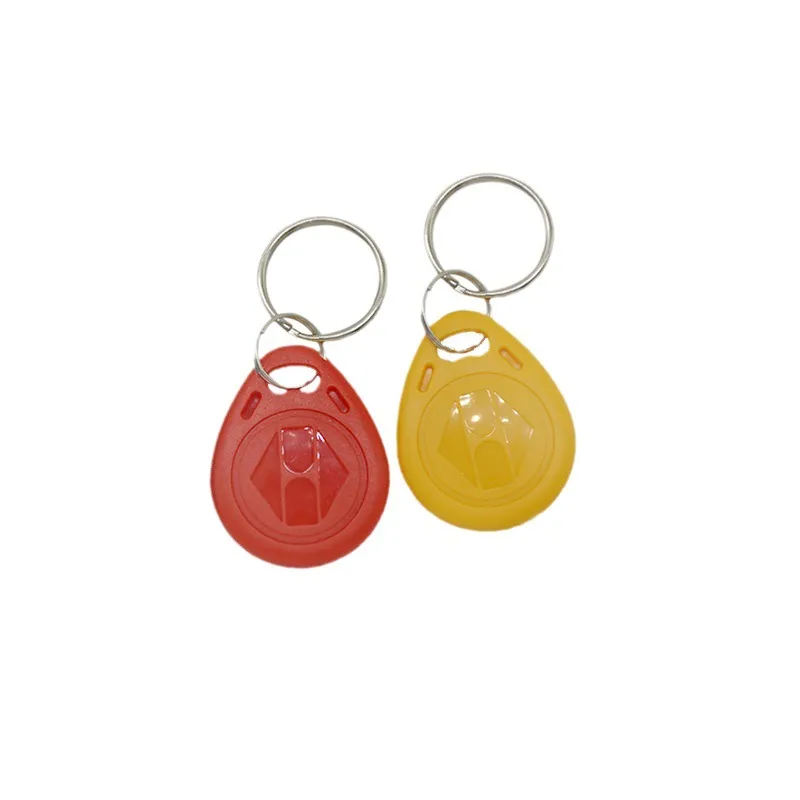
TYPES OF CLONED RFID CHIPS
- RFID chips may be replicated in three major ways: low frequency (LF), high frequency (HF), and dual chip (which combines LF and HF chips). All of these chip types are compatible with RFID keys. Since the mid-1980s, low-frequency (LF) RFID chips have been extensively utilized. They operate in the 125Khz frequency region. Although some people think that LF RFID chips have some kind of “encryption” or security, in reality, the security requirements are probably closer to barcodes than they are to those of current technology. It sends a wireless serial number primarily. Because LF RFID is affordable, simple to install, and maintain, it is still widely used in new construction. Cloning these LF keys often takes a few minutes, but be aware that there are many formats for LF, some of which are more difficult to clone than others. As a result, not every key duplication service is able to accommodate every LF format.
- The newest technology in access control systems, high frequency (HF) RFID chips operates in the 13.56 MHz frequency range. They guard against duplication and cloning using cutting-edge encryption technology. Buildings are starting to use this standard more often even though it costs more to install. The HF format’s full encryption technology allows for a duplicating procedure that may take anywhere from 20 minutes to 2.5 days.
- Dual-chip RFID keys work in the 13.56MHz and 125Khz frequency bands and integrate LF and HF technology. This key, which combines two chips into one, is well-liked by buildings looking to increase security without totally replacing their current LF system. Private residential doors are usually converted to HF systems, although public access facilities (gyms, swimming pools, etc.) continue to operate on LF systems.
FAQ for RFID key fobs:
Do you provide services for copying RFID key fobs?
In response, we certainly do. In general, we may offer duplicate services, including low frequency (LF) and high frequency (HF) RFID key fob duplication services depending on client demands and technological requirements. However, the specifics and procedure of the duplication service may differ from business to company.
What is the difference between an iButton, magnetic, and RFID key fob?
The ability to distinguish between RFID, magnetic, and iButton key fobs often calls for some level of skill. Here’s an easy method to tell them apart:
Key fobs with RFID: typically have an antenna for wireless data transfer and an RFID chip. An RFID reader may be used to find out if an RFID signal is present.
Magnetic key fobs: These typically come with no RFID chip and are used in basic magnetic lock systems. They are able to overcome the magnet’s attraction.
iButton key fobs are a unique kind of RFID technology created by Maxim Integrated, formerly known as Dallas Semiconductor. An RFID chip is often housed within a circular metal casing seen on iButtons. It can be found using an RFID reader that has an iButton activated.
My key is printed with a unique number. Could you please replicate my key fob using this number?
Answer: Using the unique number written on the key, we are unable to directly duplicate RFID key fobs. RFID key fobs are not only a basic number or serial number; they also carry unique electronic identifying information. Professional RFID reading and writing equipment is required to read and duplicate the information on RFID key fobs. If you would like to replicate your key fob, we recommend contacting the manufacturer or a professional locksmith who specializes in RFID technology. Additionally, if you are interested in learning more about RFID and NFC technology and their differences, we can provide you with a detailed nfc vs rfid comparison to help you better understand the capabilities and limitations of each technology.
Is it possible to duplicate cards and garage access keys?
In accordance with the particular access control system and card type, we may duplicate garage access keys and associated cards. Generally, we can easily duplicate the access card or key fob for low-frequency (LF) RFID access control systems. Because high-frequency (HF) access control systems use more advanced encryption technology, copying may be more difficult and require more time.
Exist any blank RFID key fobs for sale?
It is possible to purchase RFID key fobs that are blank. RFID data is often copied and stored on these key fobs. Your demands will determine which blank RFID key fob is best for you.
Can I utilize other embedded RFID chips with your copying service?
A: Our cloning service is usually compatible with various embedded RFID chip kinds; nevertheless, each firm may have different chip types and brands. When choosing a cloning service, please get in touch with us to find out whether we provide the particular chip type you need.
I have a transponder/immobilizer chip in my vehicle or motorbike key. Is it possible for your service to replicate this key’s chip functionality?
A: It might be difficult and perhaps illegal to duplicate the transponder/immobilizer chip functionality from a vehicle or motorbike key. These keys are difficult to duplicate without certain tools and knowledge, and the manufacturer may have legal limitations on doing so. It is advised that prior to trying to copy such keys, you get familiar with the applicable legal requirements and manufacturer restrictions.
![Rfid Tag manufacturer [Wholesale | OEM | ODM]](https://www.fjrfidfactory.com/wp-content/uploads/2024/04/logo.webp)
